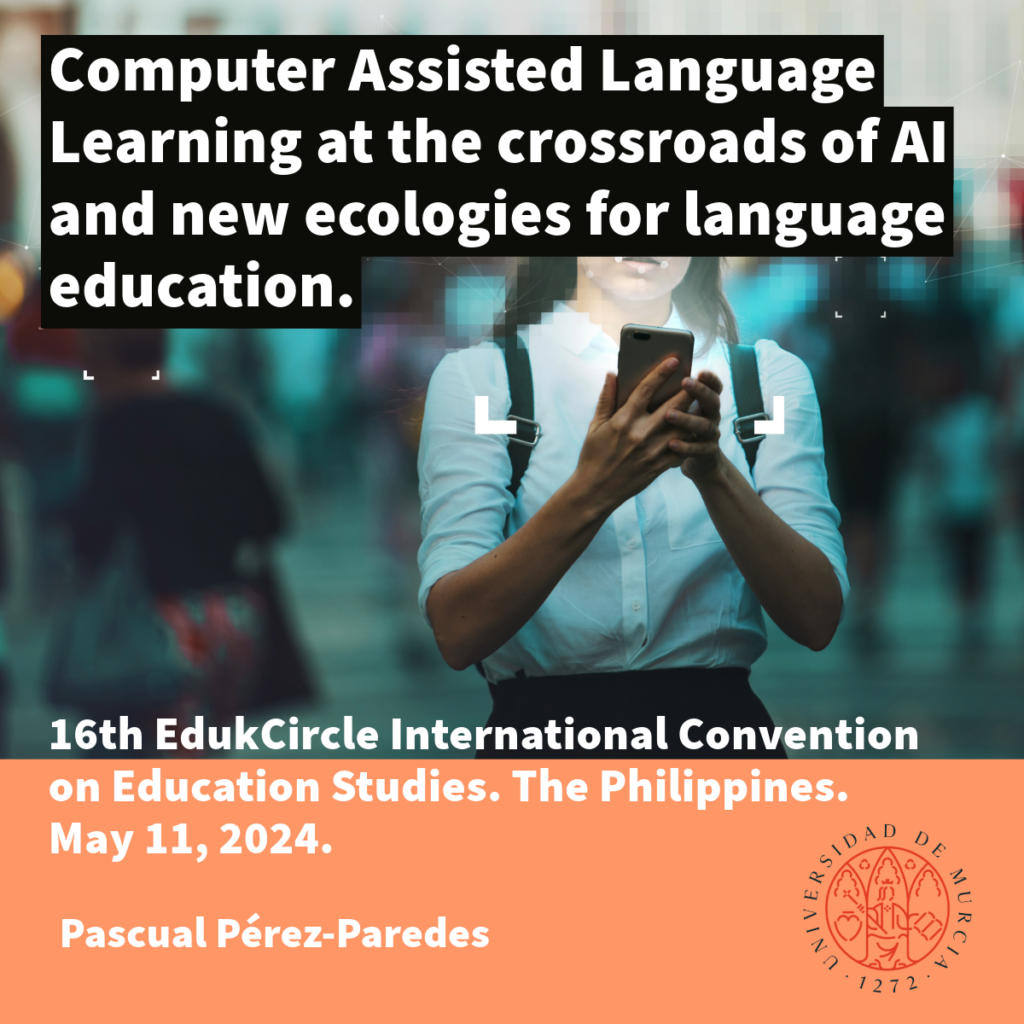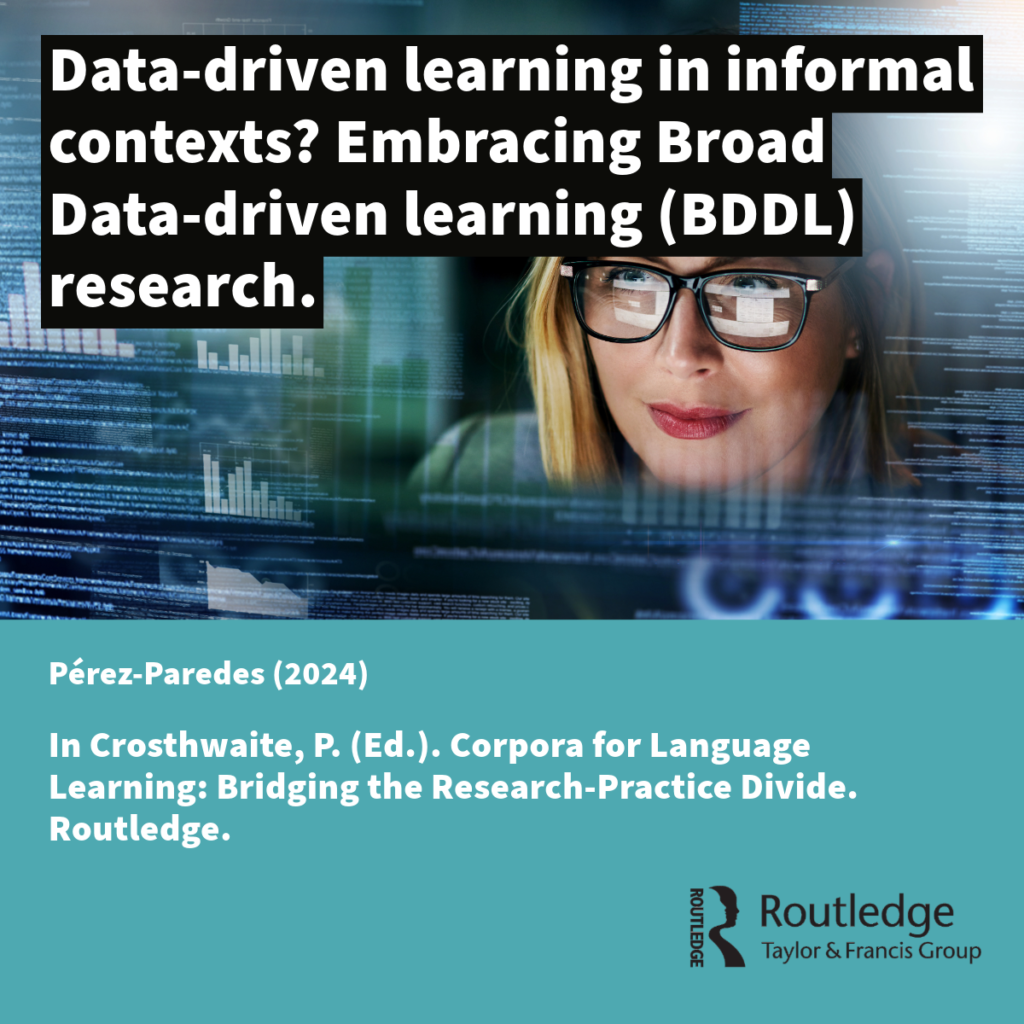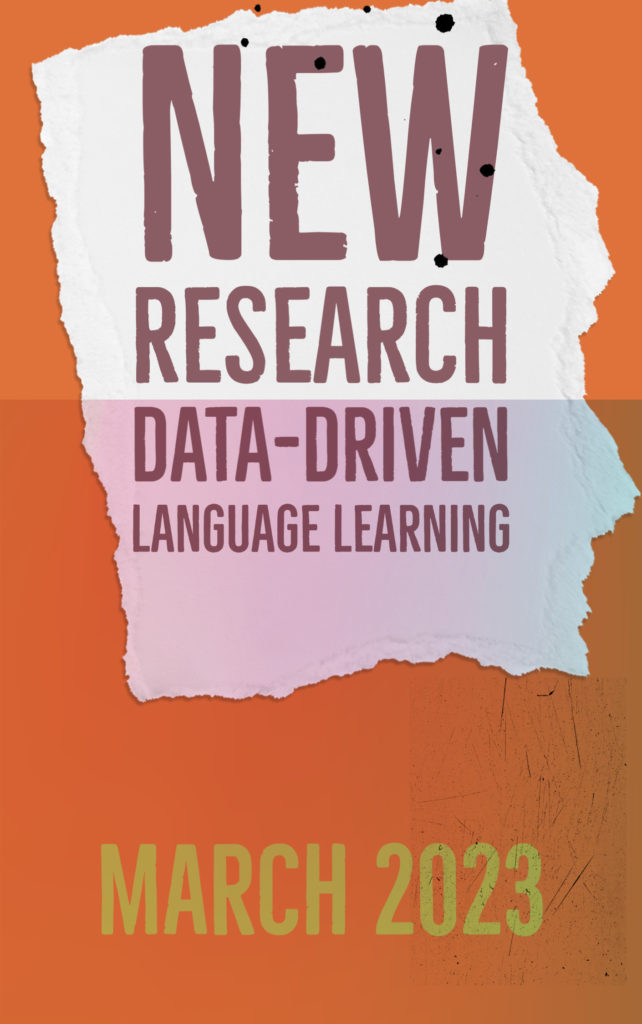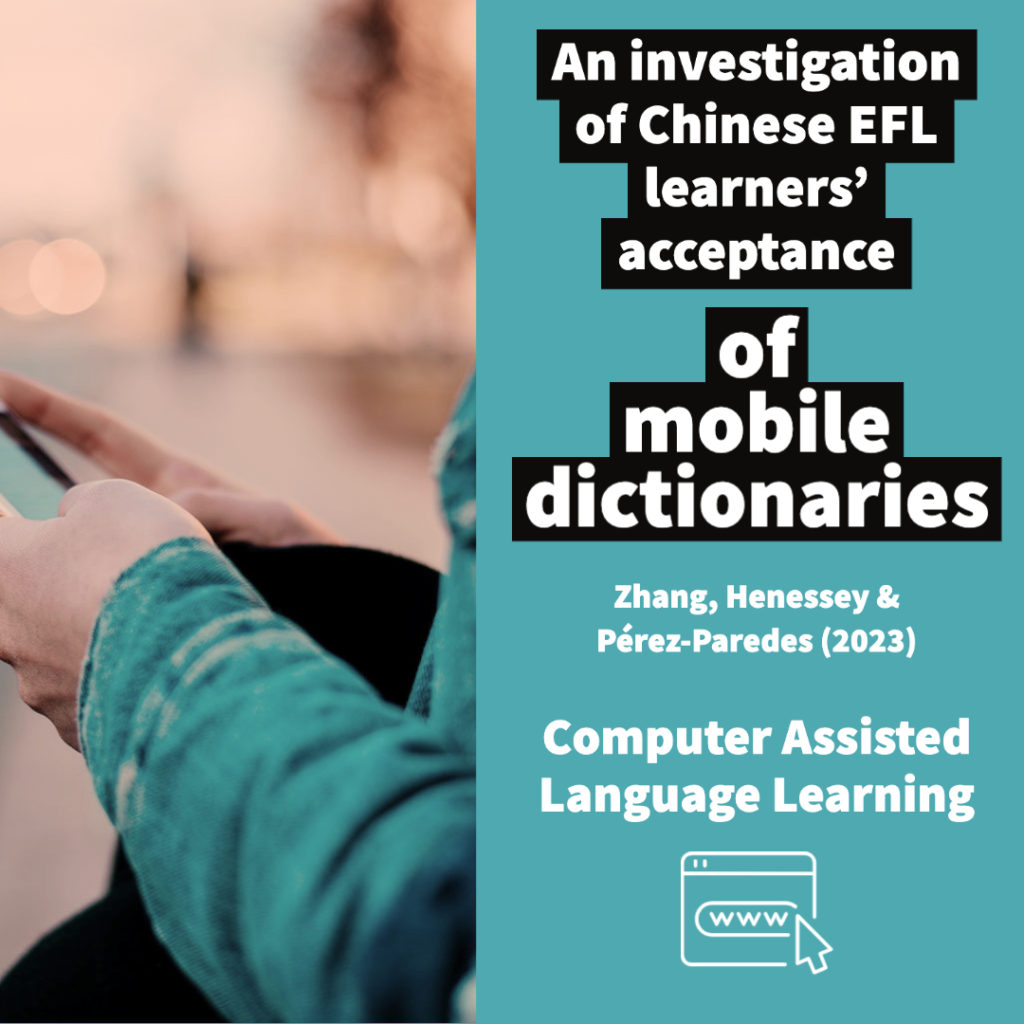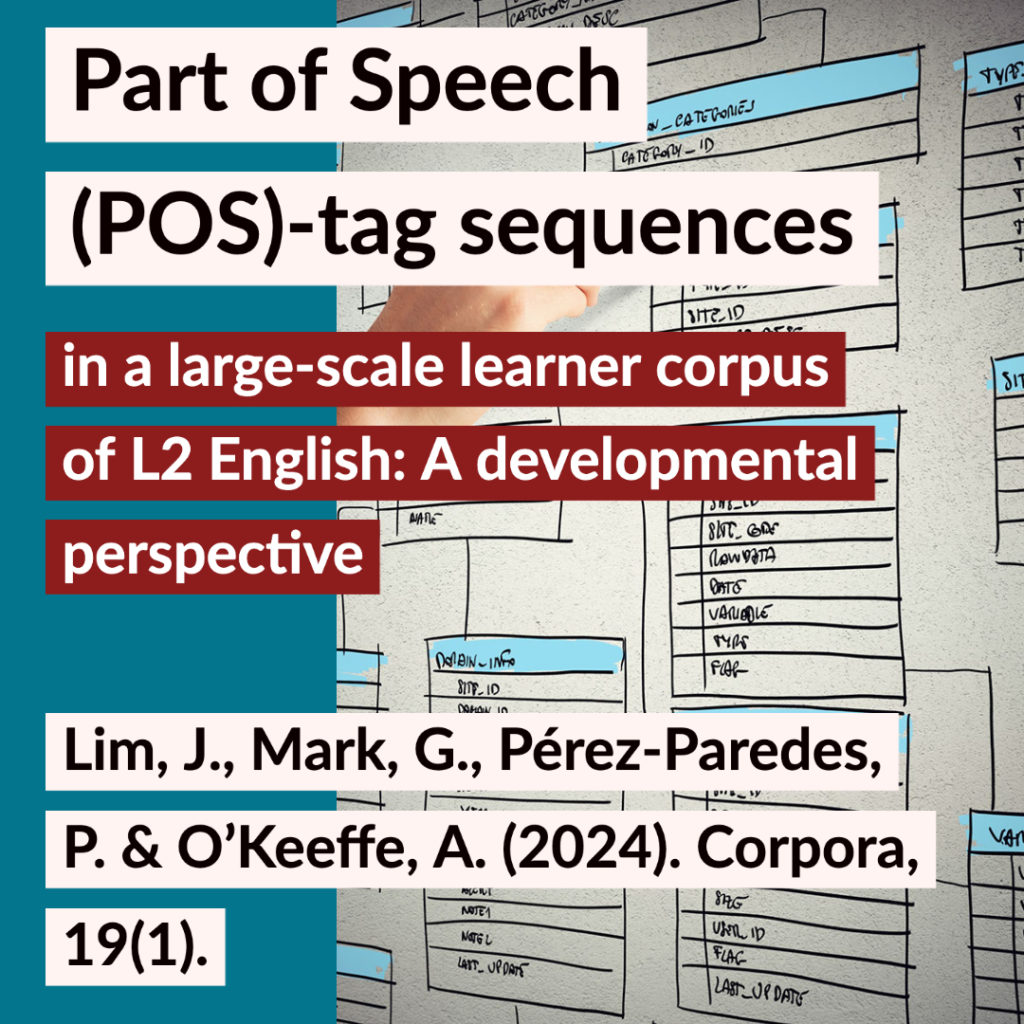Artificial Intelligence and Language Education (AILE) is a peer-reviewed international open-access journal that focuses on the intersection of artificial intelligence (AI) and language education. The journal welcomes submissions addressing the theoretical, empirical, and practical dimensions of AI-driven advancements in language teaching, learning, and assessment. By bringing together research from linguists, educators, AI experts, and technologists, Artificial Intelligence and Language Education aims to contribute to the ongoing transformation of language education and foster a global dialogue on the role of AI in shaping the future of language learning.

Prof Pérez-Paredes has accepted the invitation to join the Editorial Board of this new journal. His academic background in linguistics and specialisation in corpus-assisted discourse studies equip Prof Pérez-Paredes to critically engage with emerging intersections between language, technology, and pedagogy. His research has explored how digital tools and AI-driven applications are reshaping language practices, both in formal education settings and in broader multilingual environments. He brings experience in analysing large-scale linguistic data and applying discourse methods to examine evolving communicative norms, which can support critical evaluation of AI’s role in shaping language education. Prof Péerez-Paredes is particularly interested in how generative AI tools affect learner agency, feedback mechanisms, and language ideologies, especially in multilingual and southern Europe.
Prof Pérez-Paredes looks forward to contributing to the journal’s mission by fostering interdisciplinary dialogues and supporting rigorous, ethically grounded scholarship in this fast-developing area.
